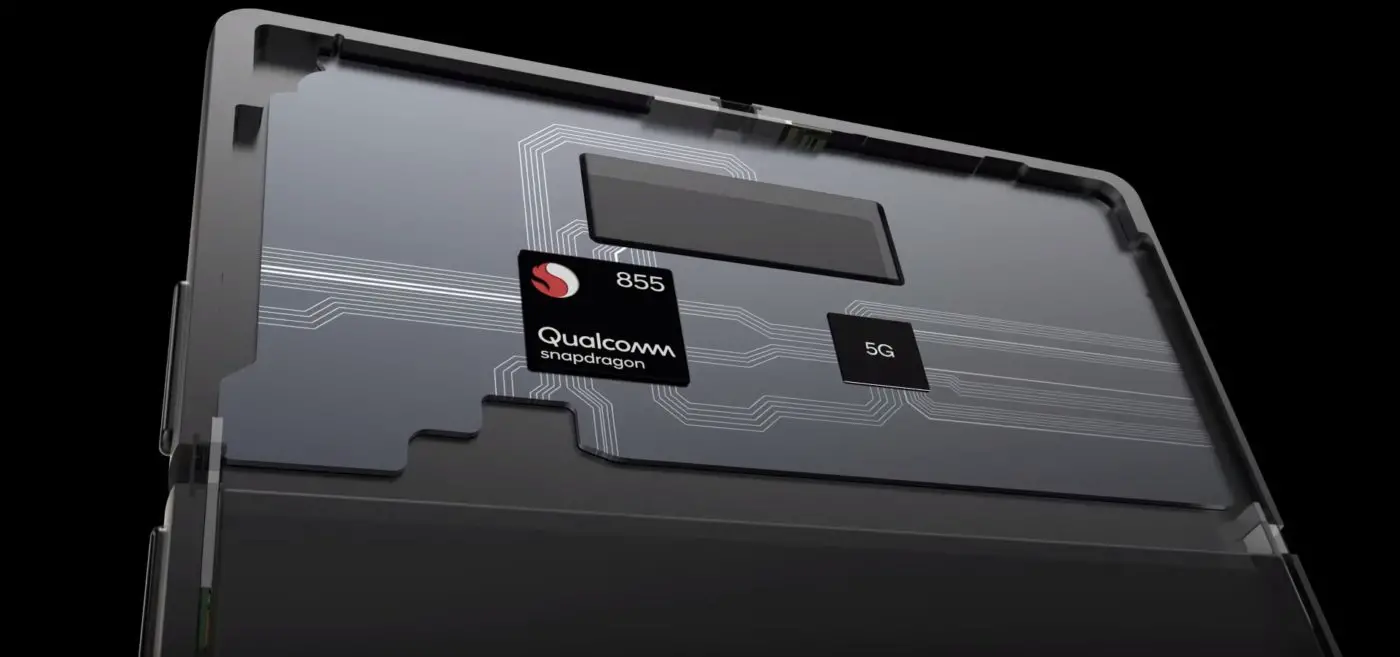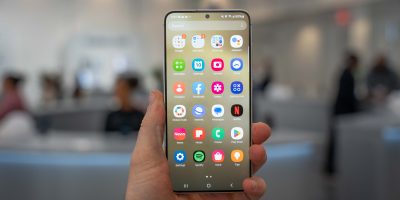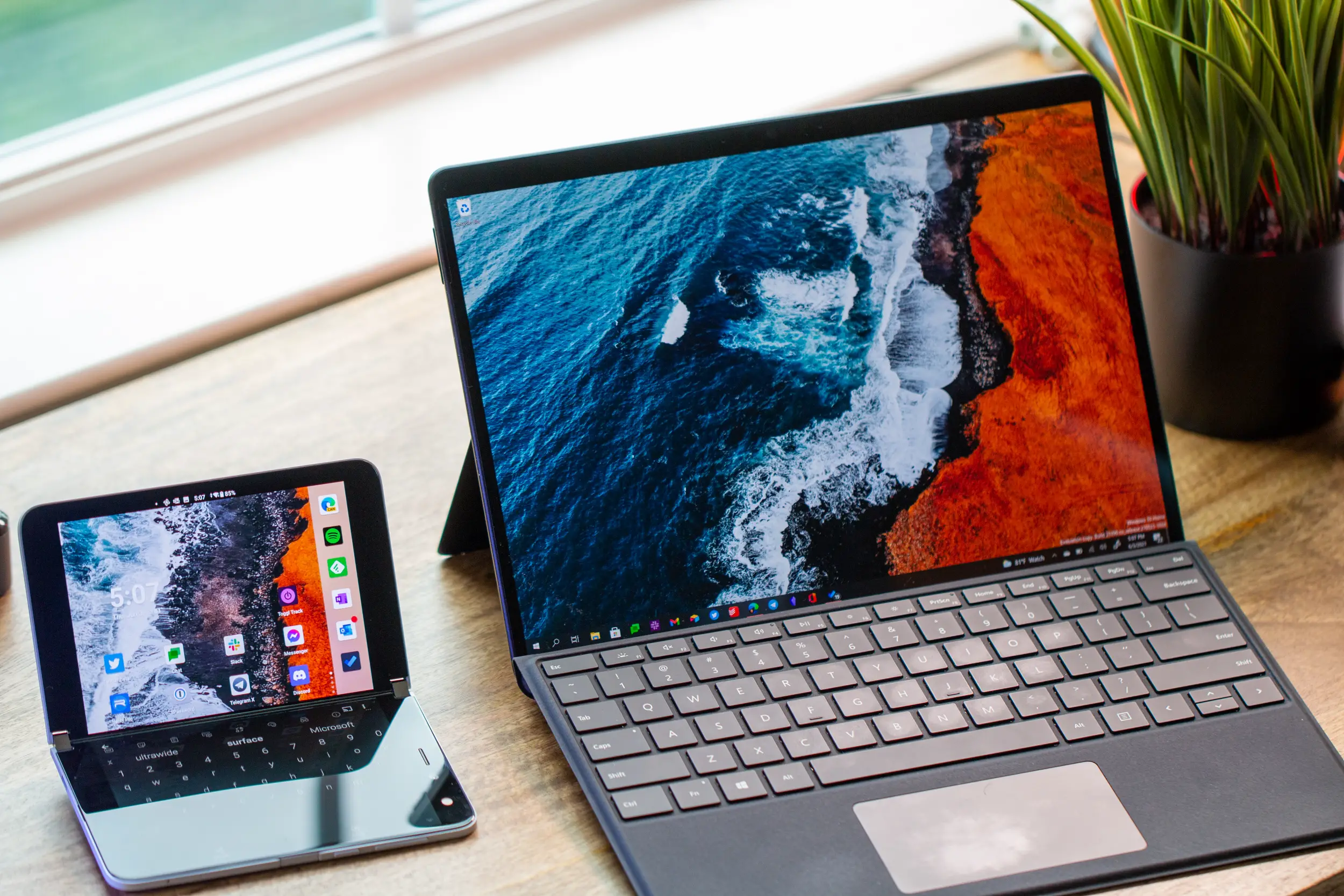Qualcomm has officially unveiled the new Snapdragon 855 which will likely be used in most 2019 flagship smartphones. While the chip’s name may sound uninspiring and mundane, the new SD855 which is built on the 7nm process, is much more than a basic upgrade from the current Snapdragon 845. In addition to offering the usual increases in performance and a reduction in power consumption, the Snapdragon 855 will also be the key component to usher in 5G connectivity in 2019.
“As operators launch 5G networks in early 2019, consumers will for the first time be able to take advantage of transformative 5G consumer experiences on mobile devices with Snapdragon 855,” said Alex Katouzian, senior vice president and general manager, mobile, Qualcomm Technologies, Inc. “We are proud to share our technology inventions and be among the first to bring mobile 5G to the world.”
But the story doesn’t end there. Qualcomm is also including enhancements to AI, XR, photo, video and audio processing in addition to dozens of other enhancements. To make things simple, we’ve broken the Snapdragon 855’s enhancements and new features into a few categories for you.
Enhanced performance
The most obvious improvement that the Snapdragon 855 will offer is a boost in performance from both the CPU and GPU. The new Kryo 485 CPU features a 64-bit architecture with a total of 8 cores which allow for a 45% performance improvement over the Snapdragon 845. Graphics performance has improved 20% with the Adreno 640 GPU which now supports Vulkan 1.1 graphics library, truel HDR color grading and enhanced algorithms which allow the chip to reduce dropped frames by >90%.
Qualcomm Kryo 485 CPU specs
- One Prime core clock speed: Up to 2.84GHz
- Three Performance cores clock speed: Up to 2.42GHz
- Four Efficiency cores clock speed: Up to 1.80GHz
- Architecture: 64-bit
Qualcomm Adreno 640 GPU specs
- Adreno 640 GPU
- Vulkan 1.1 API support
- HDR gaming (10-bit color depth, rec 2020 color gamut)
- Physically Based Rendering
- API Support: OpenGL ES 3.2, OpenCL 2.0 FP, Vulkan 1.1
- Maximum On-Device Display Support: Up to 4K HDR
- Maximum External Display Support: Up to two 4K HDR displays
- Hardware-accelerated H.265 and VP9 decoder
- HDR Playback Codec support for HDR10+, HDR10, HLG and Dolby Vision
- Volumetric VR video playback
- 8K 360 VR video playback
Camera improvements
Devices equipped with the Snapdragon 855 will be privy to imaging features thanks to the Spectra 380 ISP. The chip will enable additional computational photography capabilities, video recording using HDR10 and real-time object classification which would allow the chip to replace selected objects or backgrounds in the scene in real-time all with 4K HDR resolution using over 1 billion shades of color.
The Snapdragon 855 will also support HEIF file format encoding which reduces image files sizes by 50%. HEIF (High Efficiency Image File Format) is a new file format which will eventually replace JPEG since it manages to deliver 16-bit images while using half the storage space needed for 8-bit JPEG files.
5G Connectivity
What really sets the Snapdragon 855 apart from previous generations is the new Snapdragon X50 5G modem which will allow new devices to connect to 5G networks and achieve download speeds that are 20x faster than current-gen technologies. Naturally, connection speeds will be determined primarily by the 5G networks which are currently being deployed by service providers across the globe.
The chipset also includes improvements for WiFi connections with support for the new 802.11ay-based platform which allows for speeds up to 10 Gbps, reducing latency and increasing power efficiency up to 67%.
What to expect from the first 5G smartphones
Those who lived through the 3G to 4G transition may recall the tradeoffs that needed to be made when purchasing a first-gen 4G smartphone. The increase in download and upload speeds were accompanied by a dramatic decrease in battery life. This was gradually resolved with every subsequent generation of 4G devices, leading to the multi-day battery life we currently enjoy on some flagship-tier devices.
This time around, things should be dramatically different. Qualcomm has been working meticulously on the Snapdragon 855 so the transition from 4G to 5G is a lot smoother. The chipset is extremely power efficient and the new 5G standard that most service providers are deploying will not be as taxing on your smartphone’s battery as the first 4G networks were.
At the same time, the Snapdragon 855 will also be delivering a bump in performance (like always) and its chips will allow next year’s flagship devices to deliver an overall better gaming, photography and entertainment experience.
The Qualcomm Snapdragon 855 will show up in the first consumer devices sometime during the first half of 2019, but we suspect we’ll see the first Snapdragon 855-powered smartphones at CES in a little over a month.










Comments